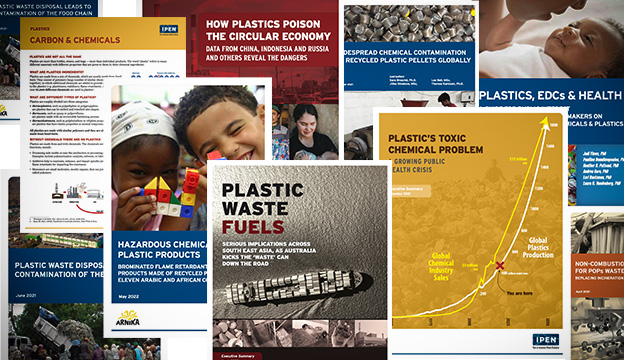At-A-Glance Views

Persistent Organic Pollutants (POPs) are a group of toxic chemicals—including some pesticides and by-products of industry—that remain in the environment, in food chains, and in human bodies for many years, causing endocrine disruptions and other health problems.
The Stockholm Convention on Persistent Organic Pollutants is an international, legally binding agreement ratified by over 170 countries to address global chemical pollution. It was adopted on 22 May, 2001, and entered into force on 17 May, 2004, after 50 countries had ratified it.
The objective of the Stockholm Convention is to protect human health and the environment from persistent organic pollutants, or POPs. POPs include pesticides, industrial chemicals, and by-products.
All POPs have the common hazardous characteristics of toxicity, persistence, bioaccumulation, and long-range environmental transport.
The Stockholm Convention aims to eliminate the production, use and emissions of POPs while preventing the introduction of new chemicals with POP-like characteristics and ensuring the environmentally sound destruction of POPs waste stockpiles. It sets out the actions that country Parties must take to achieve these aims, and requires country Parties to reduce and, where feasible, eliminate releases of by-product POPs chemicals.
Technical and financial assistance is offered to developing country Parties to help implement the Stockholm Convention.
IPEN and the GEF Small Grants Program developed a training module to build awareness about POPs, the legal and institutional arrangements, and examples of community-based POPs management. The POPs training module consists of 9 chapters, followed by a basic self-test. Each individual who completes and returns the self-test will receive a certificate of completion.
IPEN SGP POPs Awareness Training Module
For more information, please see the Stockholm Convention website.


